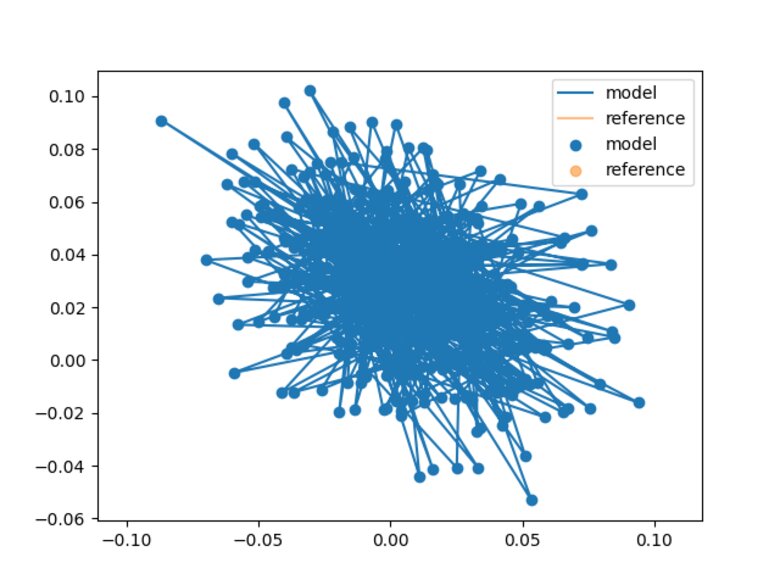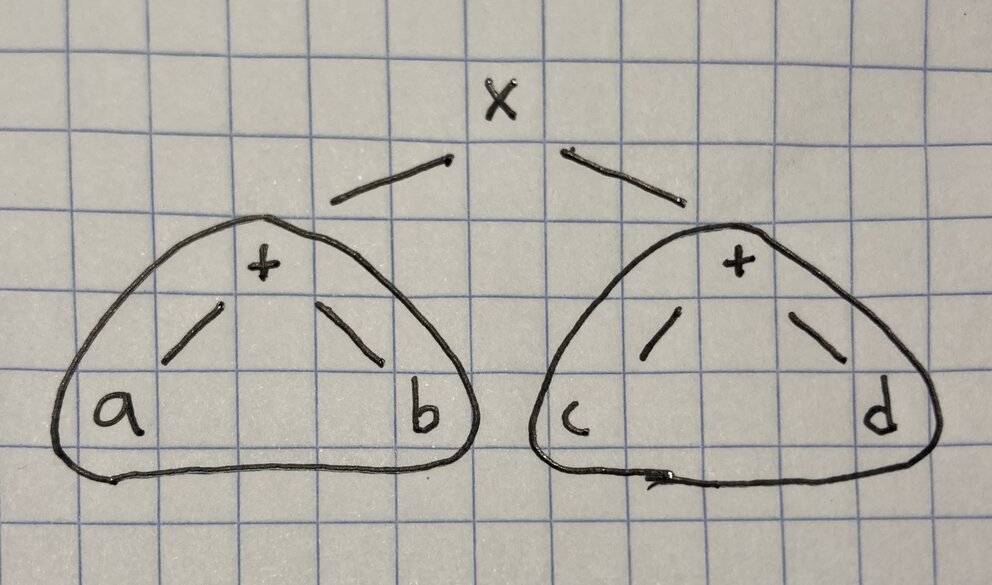Over multiple iterations of improving FormaK (reference IMU model rocket model, the original Python code generation), I've wanted to leverage the power of Sympy to provide efficient implementations of symbolic concepts before converting to Python or C++. The tool for this job is simplify. With one call, it can simplify polynomials, simplify trigonometry and other approaches. Combine this with Common Subexpression Elimination and we have a powerful pair of tools to write efficient code regardless of the model. There's just one problem: Sympy can be incredibly sluggish for some functions. Each call can take 10s of seconds. These 10s of seconds can stack up to minutes of time spent waiting and hoping for a result. For this experiment, I take some time to dive into what's going on and try to understand why it can be so darn slow sometimes.
The Simplify Speedup Experiment Building



